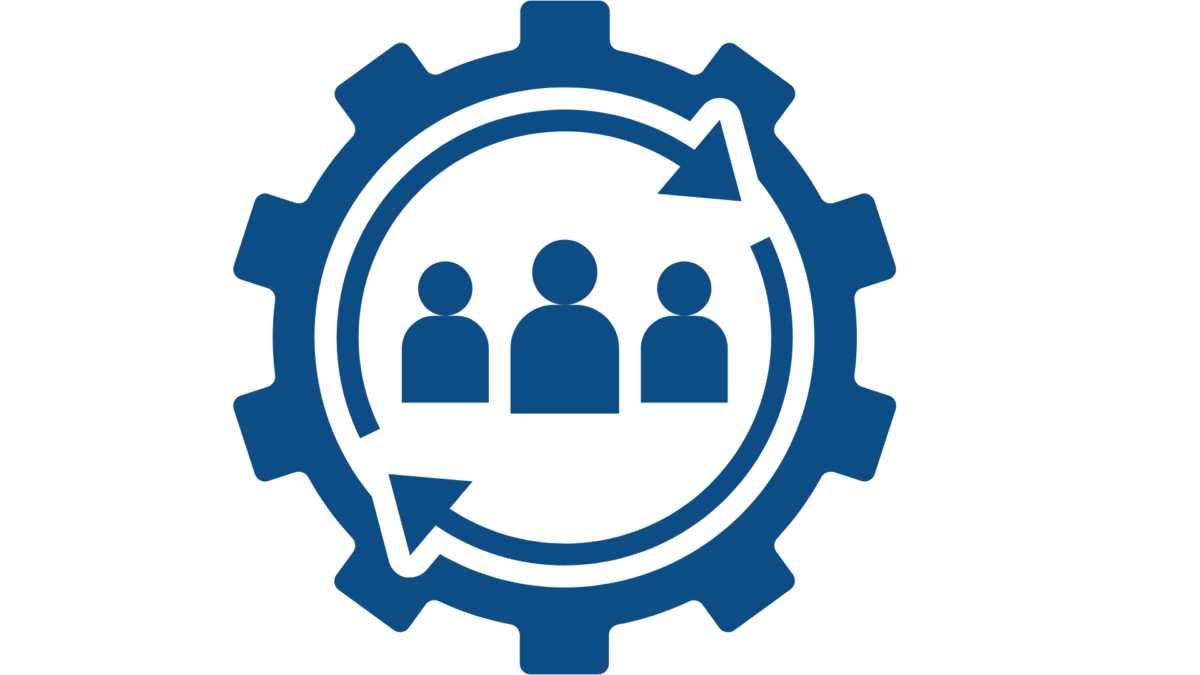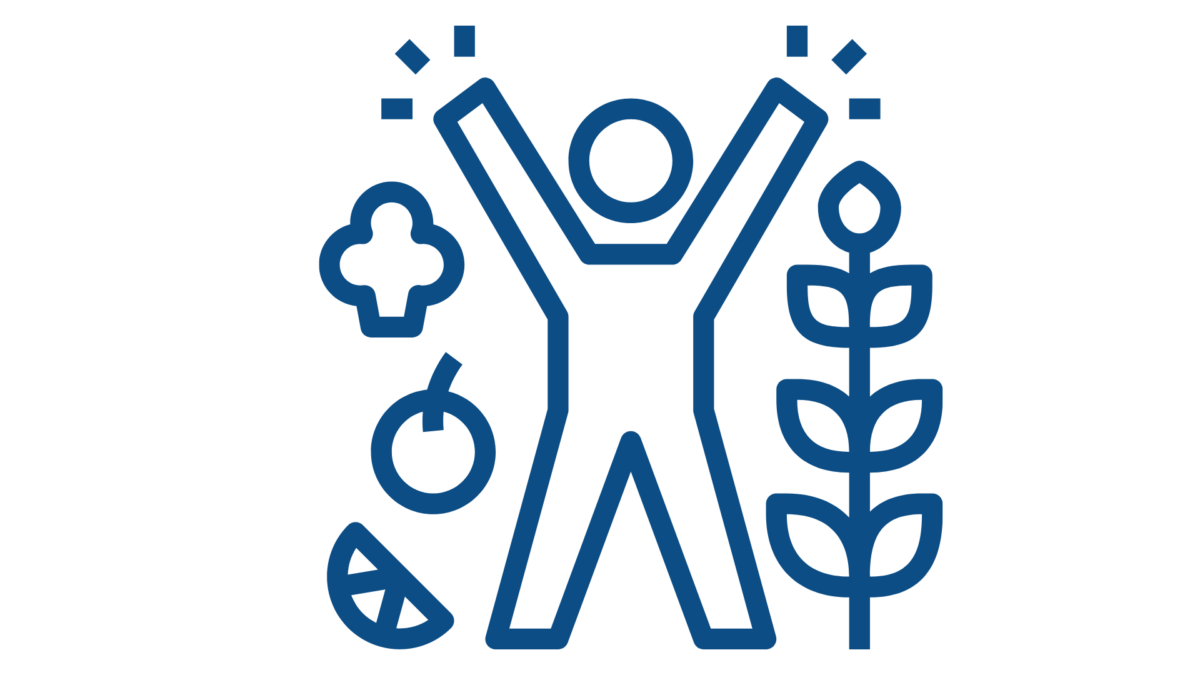For our Diving Deep for Solutions series, we commissioned author and journalist Kari Lydersen to examine big issues facing the lakes today and how our expert team at the Alliance for the Great Lakes is growing to meet the moment.
Residents of our Great Lakes states are surrounded by freshwater, yet for many, access to clean, safe, and affordable water is impacted by historic disinvestment or lack of local resources to improve infrastructure, notes Jenna Voss, Alliance for the Great Lakes Program Manager for Clean Water & Equity.
Indeed, many people across the Great Lakes region can’t depend on this spectacular water resource because failing or antiquated pipes and pumps contaminate water on their way to taps and flood basements and discharge sewage into rivers and lakes during heavy rains. These challenges will only get worse with climate change, as heavier rains overwhelm water systems and hotter temperatures increase the risk of toxins and pathogens contaminating drinking water.

Lead that contaminates drinking water from pipes poses a serious health risk in many communities, and drinking water can also be contaminated with “emerging contaminants” – toxic chemicals that are not widely regulated or monitored. These include chemicals from pharmaceuticals and pesticides that contaminate water through run-off or wastewater, and PFAS – thousands of “forever chemicals” from industrial processes and products.
Even as drinking water may be unsafe, it is also unaffordable for many, forcing them to choose between paying water bills and other costs.
The Alliance is proud to collaborate with coalition partners to lead the push for vastly increased investment and equity in water infrastructure and affordability. The $50 billion in federal dollars available through the Bipartisan Infrastructure Law of 2021 offers hope for real change, but ongoing policy reform and community engagement is needed to make sure water infrastructure investments are made in effective and equitable ways, including addressing high water bills.
“Protecting and enhancing the Great Lakes ecosystem – including human health and access to safe, affordable water – should be a priority. Public health is central to creating a vibrant and thriving Great Lakes community,” said Voss. “Long-term water affordability needs to be prioritized in state and federal policy and requires dedicated investment, much like our investments in supporting watershed health.”
New investment, new opportunities

The Bipartisan Infrastructure Law includes important revisions to and added funding for State Revolving Funds (SRFs) for clean water and drinking water. These programs offer low-interest loans and grants. The law allocates new supplementary funding of $11.7 billion each over five years to the Clean Water and Drinking Water State Revolving Funds, plus $5 billion for addressing emerging contaminants and $15 billion for lead service line replacement. The new funding comes on top of existing annual base funding appropriated by Congress.
The federal SRF programs are designed to support projects that help communities meet the requirements and goals of the Clean Water Act and Safe Drinking Water Act, respectively. The Clean Water State Revolving Fund (CWSRF) has long been a way to address combined sewer overflows when rainwater overwhelms wastewater systems and forces the release of untreated sewage into rivers and lakes. The Drinking Water State Revolving Fund (DWSRF) addresses the risk from lead pipes and other water distribution challenges.
Voss noted that just last year, the EPA, for the first time, examined lead service lines in its Water Infrastructure Needs Survey and Assessment.
“The inclusion of lead service lines in the survey was really important,” said Voss. “Hopefully, having more data to tell us where SRF funding is most needed will enhance states’ abilities to make a dent in the crisis.”
Under the Bipartisan Infrastructure Law, almost half the payments for lead service line replacement in disadvantaged communities must be forgivable loans – essentially grants – and almost half the total drinking water funds must be spent on disadvantaged communities.
The law also says a quarter of loans allocated to fight emerging contaminants like PFAS through drinking water infrastructure will be forgivable. Finally, the law reduced the
amount states had to pay to match the federal loans through 2023 – from 20% to 10% — taking some burden off states in the initial years of BIL funding.
Loans and grants for clean water infrastructure are available to municipalities, non-profits, and private entities, like homeowners’ associations and watershed groups. Almost half of the loans are also forgivable if municipalities meet affordability criteria or advance energy efficiency and sustainability targets.
Voss noted that while the dollars are primarily federal, states have broad authority in deciding how they are spent. Each state is required to submit an Intended Use Plan (IUP) to the federal government outlining how the state plans to spend the federal funds for water and infrastructure during that fiscal year, and the public has the chance to comment on these plans. Ultimately, these plans have a massive influence on clean water outcomes in the Great Lakes.
To equip NGOs and community organizations with the tools and understanding to navigate these layers of water infrastructure policy and to help guide states through this process with a focus on equity and climate resilience, the Alliance launched the SRF State Advocates Forum in 2021, in partnership with the Environmental Policy Innovation Center, PolicyLink, and River Network. The forum has helped more than 50 organizations engage with state SRF administrators and submit comment letters on state Intended Use Plans.
“The SRF program could be quite powerful in addressing lead service lines and water affordability problems because it has longevity,” said Voss. “Multi-year funding is needed to make sure there is long-term investment in communities, not just upfront capital where the community is later left with the bill.”
Building Healthy Communities with Systemic Change

Detroit has been a poster city for the water infrastructure crisis, with environmental justice implications, as Black residents are disproportionately affected by lack of access to quality drinking water and by basement flooding, even while faced with unaffordable water bills and denial of flooding compensation claims.
As in neighboring Flint and other cities around the country, many metro Detroit residents deal with drinking water that can be dangerously contaminated with lead and other toxins, even as it is unaffordable for some families.
Monica Lewis-Patrick, President and CEO of the community organization We the People of Detroit, emphasized that the city of Detroit not only needs to overhaul its water infrastructure but needs to do it in a way that prioritizes existing residents without contributing to inequality and displacement.
“In my mind there’s two things,” she said. “One is making sure the infrastructure is being invested in so it’s going to be to the benefit of the residents who are in the city now,” not only aimed at attracting new and wealthier residents.
Second, the jobs and economic stimulus created by the overhaul need to benefit residents who have suffered for too long from inadequate investment. In support of building long-term climate resilience, Mayor Duggan’s administration released the Detroit Climate Strategy in November 2023.
Healthy Water, Healthy People

The particular emphasis on clean water during the pandemic spotlighted the epidemic of water shutoffs in Detroit and other low-income communities across the Great Lakes. In Detroit, shut-offs were linked to higher rates of COVID-19 and disproportionately affected elderly and Black people.
Lewis-Patrick decried the “racialized narrative” that “Black people just woke up one day and didn’t pay their bills,” citing water rates that have more than doubled in recent decades, far outpacing wage growth, with inadequate supports for those living on fixed incomes.
Lewis-Patrick pointed to a study by Dr. Nadia Gaber featuring Detroit and showing the psychosocial impacts of not having secure access to clean water.
“Even outside of the highly concentrated Black and brown communities of the urban core, poor white folks are affected too,” she said. “Every human being deserves clean, affordable water.”
In the work of protecting and restoring the Great Lakes, it’s critical that no one is left behind. For many in the region, water flowing from the tap and running through our water systems is the primary way people connect to the Great Lakes.
“A healthy Great Lakes region is one where every person can wake up knowing our shared water will be there for them and their family,” said Joel Brammeier, Alliance president & CEO. “Water connects us all. That’s why we’re working to make sure everyone who lives here can rely on the lakes every day.”
